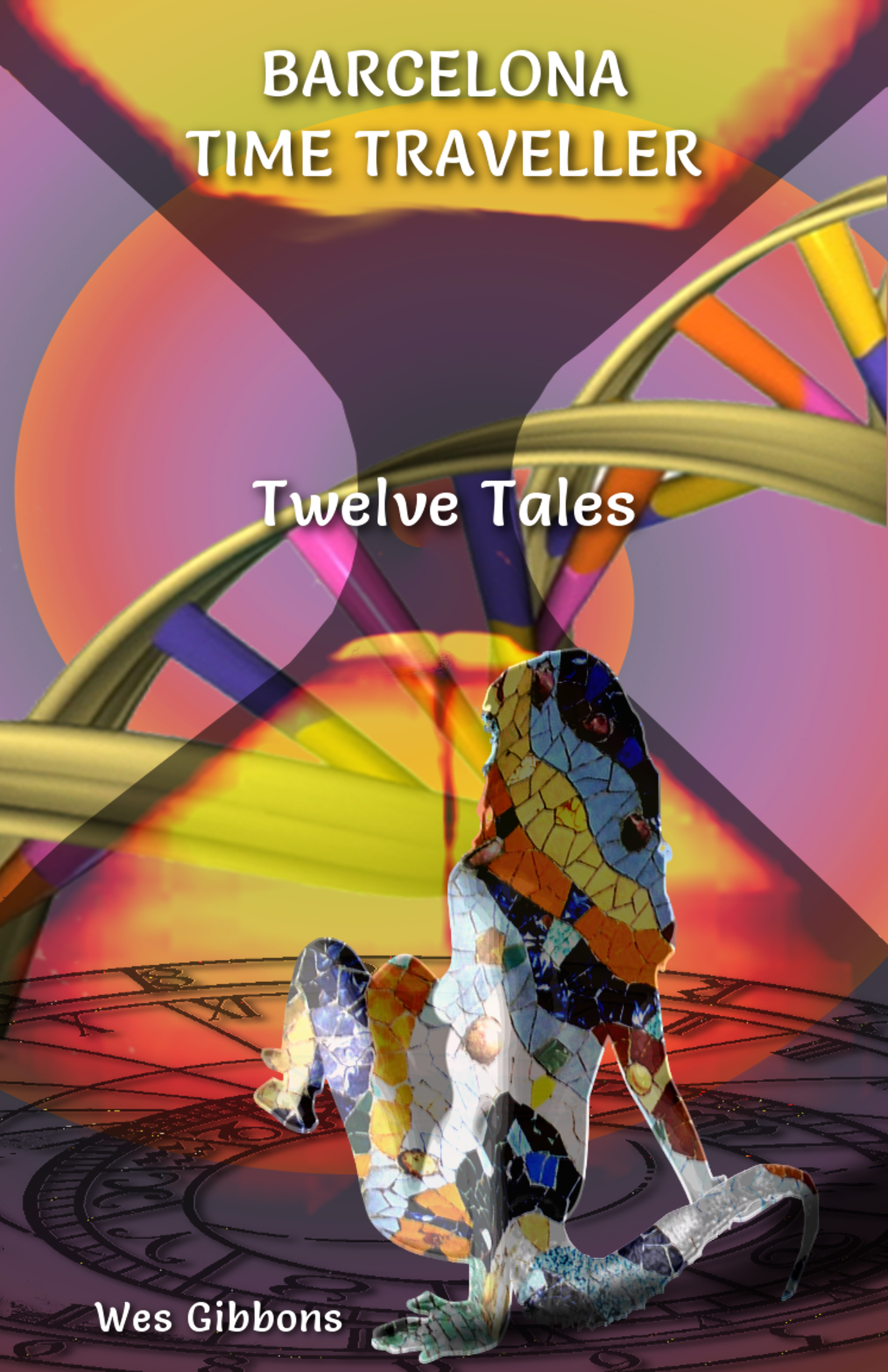
![]() When to Go. Anytime. Hot and dry in summer, mild in winter (although cold when the northerly tramuntana is blowing), warm but sometimes unsettled and stormy in spring and autumn. All year round the sun shines more often than not, but if you are unlucky then better to concentrate more on the Great Indoors: museums, mansions, churches, restaurants and bars.
When to Go. Anytime. Hot and dry in summer, mild in winter (although cold when the northerly tramuntana is blowing), warm but sometimes unsettled and stormy in spring and autumn. All year round the sun shines more often than not, but if you are unlucky then better to concentrate more on the Great Indoors: museums, mansions, churches, restaurants and bars.
Straighten Up and Fly Light. The Traveller never carries any more than hand luggage: a maximum of one bag measuring 55x35x20cms and weighing no more than 7kg does the trick. No more lost baggage and movement through the city is so much easier. If you want to carry more (e.g. for shopping), then better to take a taxi from the airport directly to your hotel rather than haul large bags around on public transport.
Where to Stay. There are many, many options, as any brief look at booking.com and similar sites will reveal. The Traveller´s Recommendation is to consider booking a room in one of the following four areas.
Firstly, if you want to lodge in the pedestrianized touristic medieval heart of town (Ciutat Vella) then head for the rectangle enclosed by Plaça Catalunya, Via Laietana, Carrer de Ferran, and La Rambla, and served by the subway stations of Urquinaona, Jaume I, Liceu and Plaça Catalunya (which also has the airport Aerobus terminus). From here you can easily walk to many sights such as the Cathedral and Royal Palace, various museums, the Palau de la Música Catalana, the tapas bars around Santa María del Mar and the Passeig del Born, and on down to the seafront (see Medieval City Highlights). Unusually for Barcelona, some of the dark narrow streets of the medieval city can feel uncomfortable late at night, especially on the Raval (west) side of La Rambla and down towards the sea front below Carrer de Ferran. An alternative approach is to choose to visit the Ciutat Vella and its attractions during the day and evening, and stay overnight in either Gràcia or Les Cortes (see below).
Secondly, the southern part of the district known as Gràcia is more bohemian and laid back, with no tourist hotspots to attract the crowds (see Park Güell and Gràcia: A Different Approach). Think narrow streets (some congested with traffic) with interesting shops, bars and restaurants interspersed with pedestrianised squares full of mostly younger people enjoying an evening beer or two. Served by subway stations Diagonal, Gràcia, Joanic, Lesseps and Fontana: ideally choose a hotel within walking distance of Fontana or Gràcia. Also conveniently situated is any hotel running down or near to Passeig de Gràcia between Gràcia and Plaça Catalunya: this connecting route passes through the chamfered urban grid of L’Eixample (The Enlargement) where most of the modernist mansions, such as Gaudí’s Casa Milà (La Pedrera) and Casa Batlló were built. There are many hotels in L’Eixample but the road traffic can be overwhelming so choose carefully.
Thirdly, consider the “airport” side of town around the Camp Nou FC Barcelona stadium and towards the Diagonal. This is the district of Les Corts, a quieter residential area with relatively few tourists, and no obvious attractions apart from Camp Nou, Palau Reial gardens, Pedralbes Monastery and Gaudí’s Dragon Gate entrance to the Guëll Pavilions. Here you will get more of a feel for normal daily life in Barcelona. Relax in unassuming but attractive places like Plaça de la Concordia (especially the bar and garden of the Can Deu Civic Centre), the little park behind the Maternity Hospital (near the football stadium), and the modern L’Illa shopping centre (with food stalls and stores in the basement). Riding the tram along the Diagonal is fun and connects easily with the L3 (Green Line) subway at Palau Reial or María Cristina: any hotel situated close to the tramline or subway is convenient for the city centre. The new airport subway L9 runs directly to Collblanc (L5) and Zona Universitaria (L3: also a tram connection, but a short walk away outside the station and down the Diagonal). This is the least expensive area in Barcelona to reach by taxi from the airport.
Finally, consider staying outside of Barcelona in the coastal town of Sitges, which has clean air and good beaches, nightlife, restaurants, bars, museums, cinemas and a distinctly “village feel”. The central city can be reached by train from Sitges (Zone 3; 45 minutes; 4 trains an hour) which stop in the stations of Sants, Passeig de Gràcia and França. Sitges lies on the other side of the airport from Barcelona, on the south-facing flanks of the Garraf Hills, and the climate is noticeably better. Access from the airport is either by Rodalies trains (from Terminal 2; change at El Prat and take any train running towards Vilanova i La Geltru or Sant Vincenç de Calders), buses (blue and white Monbus from Terminal 1), and taxis. This is an especially good choice if you have already visited Barcelona.